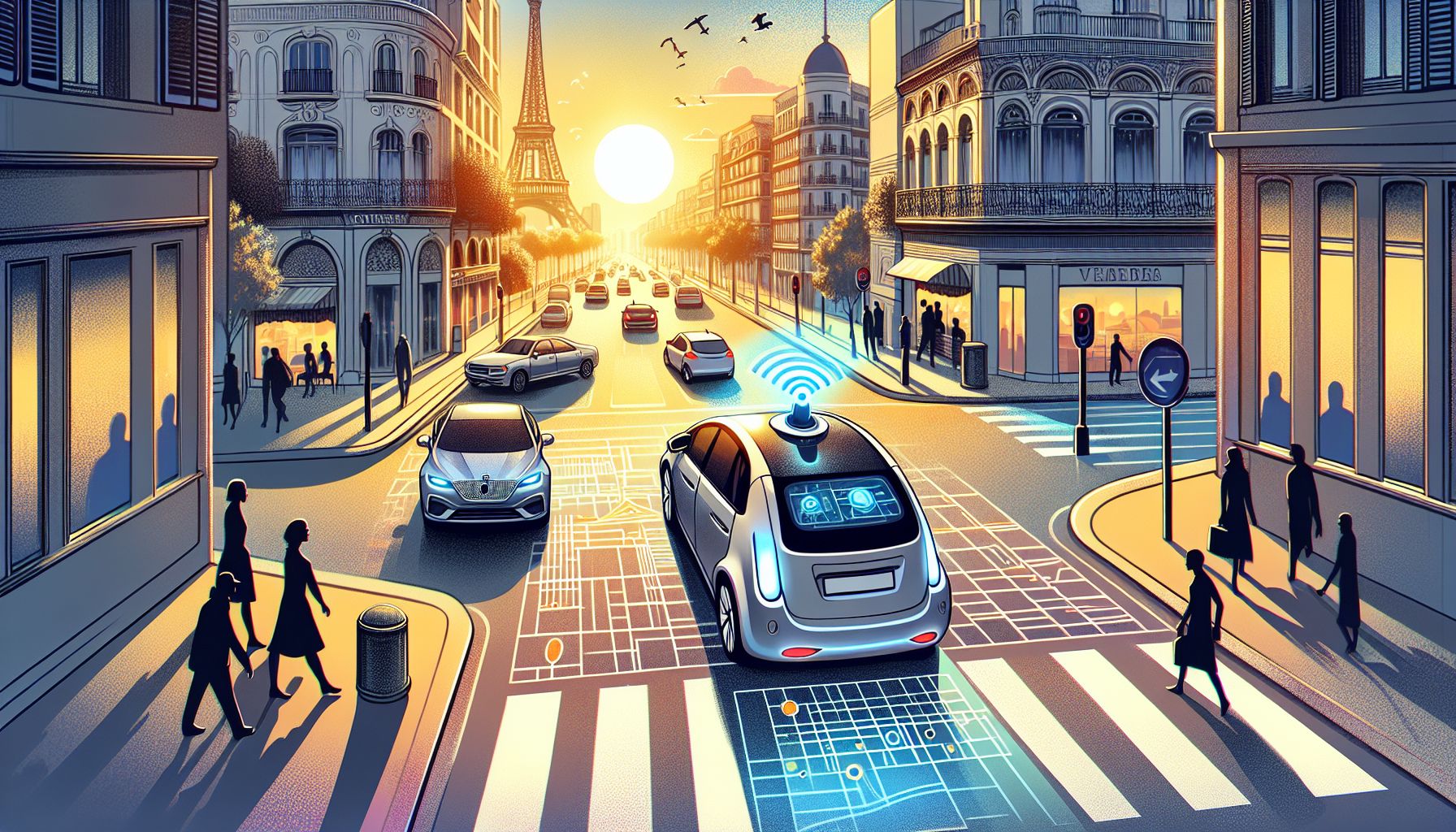Self-Driving Cars Outperform Humans in Safety, with Some Exceptions

Amsterdam, Friday, 28 June 2024.
A comprehensive study reveals autonomous vehicles are generally safer than human-driven cars, excelling in routine tasks and reducing rear-end collisions. However, self-driving cars struggle with turns and low-light conditions, highlighting areas for technological improvement in the quest for safer roads.
The Study and Its Scope
The research, conducted by the University of Central Florida, analyzed crash data from 2,100 autonomous vehicles and 35,113 human-driven vehicles in California between 2016 and 2022. The findings, published in the journal Nature, illustrate that self-driving cars are generally safer than their human-driven counterparts, particularly in routine driving scenarios. The study’s extensive dataset offers a robust foundation for its conclusions, highlighting both the strengths and weaknesses of autonomous vehicle technology.
Strengths of Autonomous Vehicles
Autonomous vehicles showed a marked improvement in several key areas compared to human-driven cars. Most notably, they had lower accident rates in work zones, during traffic events, and during ‘pre-accident movements’ such as slowing down and proceeding straight. Rear-end collisions, which are among the most common types of accidents, were significantly less frequent with self-driving cars. This can be attributed to the advanced sensors and algorithms that enable autonomous vehicles to better analyze and respond to their surroundings, thereby avoiding potential hazards more effectively than human drivers.
Challenges in Turns and Low-Light Conditions
Despite their overall safety advantages, self-driving cars face significant challenges when it comes to navigating turns and operating in low-light conditions such as dawn and dusk. The study found that the sensors used by autonomous vehicles often struggle in these scenarios, leading to increased accident rates. Turning, in particular, requires complex decision-making processes involving lane selection, path computation, and vehicle control, which are areas where current technology still falls short. As a result, self-driving cars are more likely to be involved in accidents during these conditions compared to human drivers.
Technological Limitations and Future Directions
The study underscores the need for further technological advancements to address the limitations of self-driving cars. Improved algorithms, better sensors, and enhanced infrastructure are critical for overcoming the challenges identified in the research. Missy Cummings, director of George Mason University’s Autonomy and Robotics Center, emphasized the importance of these technological enhancements to support the safe deployment of autonomous vehicles. The findings also highlight the necessity for more comprehensive accident reporting and data collection to better assess the safety performance of self-driving cars.
Public Perception and Policy Implications
While the study provides compelling evidence of the safety benefits of autonomous vehicles, public perception remains skeptical. A survey by Arity revealed that only 23% of Americans believe driverless cars are the best option for improving road safety in the short term, with a majority favoring improved driver education instead. This skepticism could influence policy decisions and the pace of autonomous vehicle adoption. Policymakers will need to balance these public concerns with the potential benefits of autonomous technology, ensuring that safety standards and regulatory frameworks evolve in tandem with technological advancements.

